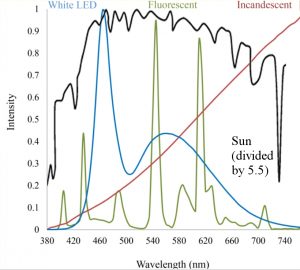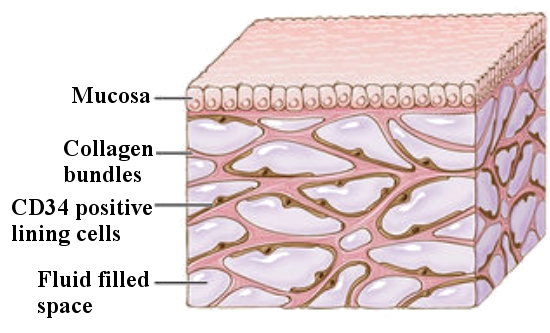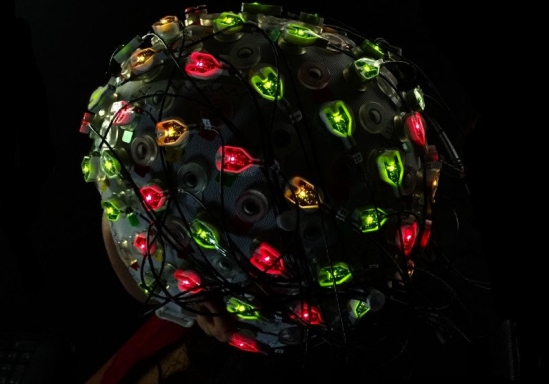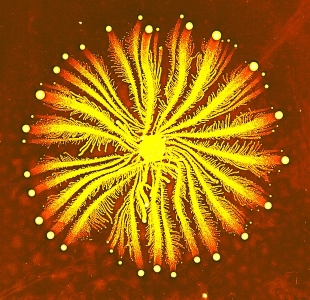
If you haven’t been paying a lot of attention to the international news, you might not know that there is a serious virus spreading in China. As of yesterday at 3 PM Eastern, 640 people have been infected, and 17 have died. Most of the cases are in China, where the virus originated, but there have been four cases in Thailand, two in Vietnam, and one each in Japan, South Korea, Singapore, and the United States. While there is always a chance that the virus could produce a pandemic, officials in China seem to be doing all they can to keep that from happening.
Several cities have suspended bus and train service in an attempt to keep people the virus from spreading through travel. The city in which it originated (Wuhan) has been completely shut down. A colleague of mine says that her son is in that city, and all transportation has ceased. Businesses (even grocery stores) are not allowed to open. People must make do with the food they currently have until the government decides that it is safe for businesses to open again. Currently, they are hoping to allow businesses to open on Tuesday. The virus is very dangerous, but the Chinese government seems to be taking it seriously. Only time will tell if their efforts will be enough.
What is this virus? It is a strain of coronavirus, which causes respiratory infections. It usually gets spread from animal to human, but in some cases, it can be spread from human to human as well. This version of the virus seems to be one of those. Most coronavirus infections produce mild symptoms. In fact, nearly everyone has had a coronavirus infection at one time or another. However, the severity of the infection depends on the proteins that the virus carries. The SARS epidemic of 2003 was caused by a particularly virulent coronavirus, resulting in more than 770 deaths worldwide. The hope is that the spread of this coronavirus can be better contained.
Why did it just appear? When the cell of an organism is infected with two different viruses, a new virus, called a recombinant virus, can be produced, mixing characteristics from each. That seems to be what has happened here. According to a study that was just published, it looks like the virus is a combination of a bat coronavirus and another one that cannot be identified. The study looked at the way the proteins are coded, and the authors claim that the most likely animal that spread the virus is a snake. That would be odd, since coronaviruses are only known to infect mammals. However, Wuhan does have open markets where live snakes are sold, and since that’s where the virus originated, it could have come from a snake.
Regardless of what animal it came from, once this new virus (which is really just a combination of two old viruses) was produced, it then was transmitted to a person. Once again, that’s usually the way a coronavirus is spread to people, but this one has been confirmed to spread from human to human, which is why China is clamping down on travel. The virus can be spread through the air, through personal contact, or from touching a surface that has the virus on it and then touching your mouth, nose, or eyes before washing your hands. Because of this, many people in China are wearing masks like you see in the photo above (which was taken a long time ago), and they are washing their hands regularly. Currently, there is no cure for the viral infection. The best thing that can be done is to treat its symptoms (fever, cough, and breathing difficulties) so that the body’s immune system has time to conquer it.
We should pray that the Chinese government is taking this situation as seriously as it seems to be, so that a deadly epidemic is averted. Also, we should pray for the people in the cities that are on lockdown. Not only are they the ones most at risk for the infection, but their lives have also been severely disrupted. Some may even have to deal with hunger or thirst caused by the precautions that are being taken.
UPDATE (02/26/2020): Here is an analysis from the WHO. If it is correct, then the epidemic is declining, and the fatality rate outside Wuhan is much less than what was originally feared.
UPDATE: My colleague, whose son is in Wuhan, says that the grocery stores were open on Sunday (January 26th) and well stocked. He was able to buy enough food to last a month if necessary. According to him, there was no panic. However, the city is still on lockdown, and the infection is still spreading. As of the morning of Monday, January 27th, there have been five confirmed cases in the U.S. Not of the U.S. cases have resulted in death, but at least 56 are dead in China.









